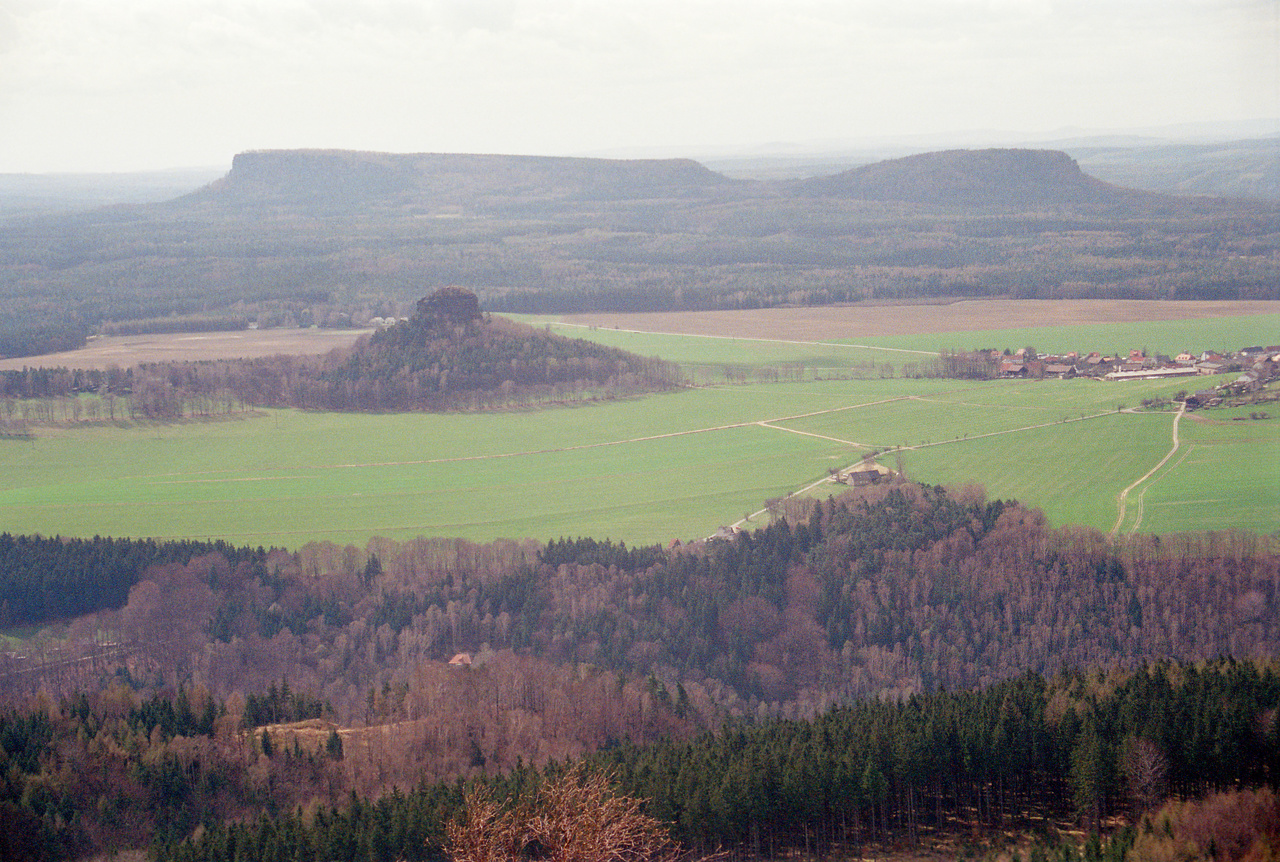|
Reinhardtsdorf-Schöna
Reinhardtsdorf-Schöna is a municipality in the Sächsische Schweiz-Osterzgebirge district in the German federal state of Saxony. It has a population of approximately 1,600 and is located close to the Czech border in Saxon Switzerland, a popular tourist region. Reinhardtsdorf-Schöna encompasses the villages of Reinhardtsdorf, Schöna and Kleingießhübel. The municipality of Reinhardtsdorf-Schöna was formed in 1973 from the merger of these three parishes. History Reinhardtsdorf Reinhardtsdorf is a ''Waldhufendorf'' that was mentioned as long ago as 1368 and which used to be dominated by agriculture. Today the main source of economic income is tourism. South of the village lies an open-air pool, the ''Waldbad''. Its Late Gothic church dates to the year 1523, its tower to 1685. Next to farmstead No. 7 stands an old, protected lime tree from about 1550. In house no. 21, and its barn there was an illegal printing press during the Nazi era, which is why it has become a listed ... [...More Info...] [...Related Items...] OR: [Wikipedia] [Google] [Baidu] |
Zirkelstein
The Zirkelstein is the smallest table hill of Saxon Switzerland, in Germany. It is a wooded, cone-shaped hill with a striking summit block of sandstone rock. Location and area The Zirkelstein is located five kilometres southeast of Bad Schandau in the part of Saxon Switzerland that lies left of the River Elbe. Immediately northwest of the hill is the village of Schöna in the municipality of Reinhardtsdorf-Schöna, whilst east of the hill – in the Elbe valley – is the municipality of Hřensko (''Herrnskretschen''), over the border in the Czech Republic. Immediately at the foot of the Zirkelstein is a former Friends of Nature house with a restaurant and a small bungalow village. The land of the Zirkelstein has been in private hands since 2008. History In 1841 the then owner of the hill, Johann Gottlob Füssel, built a small inn on the side of the Zirkelstein. In 1842 facilities were built to enable the summit to be made accessible to visitors. The inn was run by the famil ... [...More Info...] [...Related Items...] OR: [Wikipedia] [Google] [Baidu] |
Kaiserkrone (hill)
The Kaiserkrone is a heavily abraded and jagged remains of a table hill that, together with the Zirkelstein, rises above the level plain of Schöna, immediately on the outskirts of the village in the Elbe Sandstone Mountains in the German state of Saxony. The name "Kaiserkrone" means "imperial crown" and is derived from its appearance. The three points of the crown, each of which may be climbed, are part of the large sandstone step known as "c3", from the Upper Turonian The Turonian is, in the ICS' geologic timescale, the second age in the Late Cretaceous Epoch, or a stage in the Upper Cretaceous Series. It spans the time between 93.9 ± 0.8 Ma and 89.8 ± 1 Ma (million years ago). The Turonian is preceded b ... stage, and were left behind as the wide rock crevices between them were formed. Mankind has also been involved in the formation and/or destruction of the plateau which is {{Höhe, 350.8, DE-NN. At the southern end of the rocks, two lions have been carved by unknown ... [...More Info...] [...Related Items...] OR: [Wikipedia] [Google] [Baidu] |
Zschirnstein
The Zschirnsteine are two prominent table hills in the German part of the Elbe Sandstone Mountains. They are located in the municipality of Reinhardtsdorf-Schöna, about 7 km south of the German resort of Bad Schandau. They lie west of the River Elbe and not far north of the Czech border. The 561 m high Großer Zschirnstein ("Great Zschirnstein") is the highest hill in Saxon Switzerland. The Kleiner Zschirnstein The Kleine Zschirnstein ("Little Zschirnstein") is a table hill in the Elbe Sandstone Mountains in Saxony. It is located north of the Großer Zschirnstein The Großer Zschirnstein () is the highest hill in the Saxon and German part of the Elbe ... ("Little Zschirnstein") is also a sandstone table hill. It is 473 m high and lies north of the Großer Zschirnstein. Both tables lie in the midst of a forest and may be climbed on foot. They offer extensive views of the Elbe Sandstone Mountains and beyond. A good base for walking to the hills is the Panoramah ... [...More Info...] [...Related Items...] OR: [Wikipedia] [Google] [Baidu] |
Wilhelm Schaffrath
Wilhelm Schaffrath (1 May 1814 – 7 May 1893) was a German jurist and politician. He was a member of the Frankfurt Parliament in 1848, and after German unification, 1871 a member of the national Reichstag (German Empire), Reichstag. He was also, at various stages, a member of the Landtag of Saxony. Life Early years Wilhelm Michael Schaffrath was born, one of his parents' ten children, in Schöna, a small town in southern Saxony, close to the frontier with Austrian Empire, Austria. Two years after his birth the family relocated in connection with his father's work the short distance to Lauterbach, a parish of Stolpen. His father, Michael Gotthold Schaffrath, worked at one stage as a master weaver, and later, in Lauterbach, as a village school teacher. Because the family was poor they were obliged to live in the school house, and from the age of eight Wilhelm was contributing to the family budget by working as a part-time shepherd boy. Wilhelm was identified early on by t ... [...More Info...] [...Related Items...] OR: [Wikipedia] [Google] [Baidu] |


